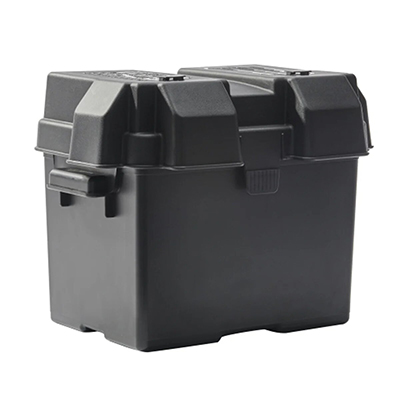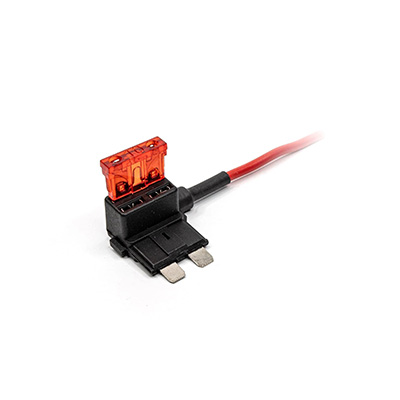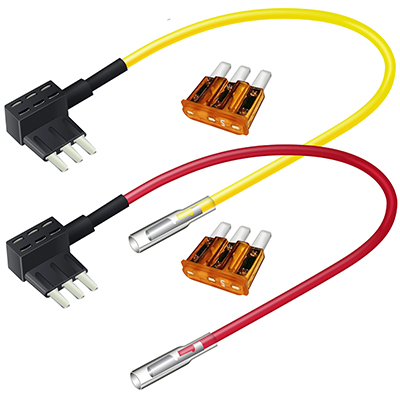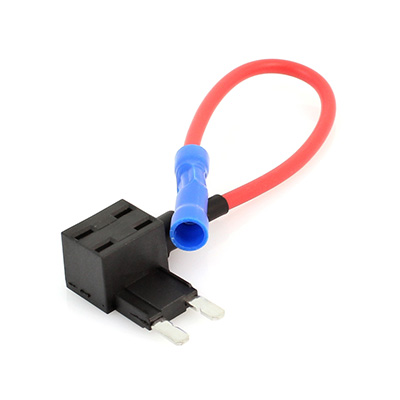Expert Guide to Secure Hardware for Car Battery Box Installation and Maintenance
News 2025-10-20
Secure mounting of car battery boxes is essential for vehicle safety and performance, as it prevents movement that could cause electrical shorts, acid leaks, or accidents. In various applications like daily commutes, off-road adventures, or electric vehicle operations, proper hardware ensures the battery stays fixed despite vibrations and impacts. This guide highlights the critical components needed for a reliable setup, emphasizing durability and ease of use to avoid common pitfalls in installation.

Key Components of Mounting Hardware
Mounting hardware includes brackets, bolts, nuts, and vibration dampers, each designed to handle specific stresses in automotive environments. Brackets are often made from lightweight alloys or steel for strength and corrosion resistance, while bolts feature locking mechanisms to prevent loosening over time. Vibration dampers, typically rubber or foam, absorb shocks, reducing wear on the battery. These elements provide superior hold in diverse scenarios, such as high-speed driving or rough terrain, enhancing overall system longevity and reliability.
Installation Techniques for Optimal Performance
Effective installation involves selecting hardware that fits the vehicle’s specifications and using precise methods to secure the battery box. Start by aligning brackets with designated mounting points and tightening bolts with a torque wrench to avoid over-stressing components. In electric vehicles, ensure hardware is insulated to prevent electrical interference. This approach not only secures the battery in challenging conditions but also minimizes maintenance, offering benefits like reduced noise and extended component life through better vibration control.
Performance Advantages and Application Scenarios
In real-world use, quality mounting hardware improves vehicle efficiency by maintaining battery stability, which is crucial for systems relying on consistent power delivery. For instance, in fleet operations, it reduces downtime from failures, while in sports cars, it supports better handling by preventing weight shifts. Advantages include enhanced durability against environmental factors, lower risk of failures, and cost savings from fewer replacements. By prioritizing hardware with high load capacity and weather resistance, users achieve safer, more reliable performance across passenger cars, trucks, and EVs.
Frequently Asked Questions
1. What materials should I use for battery mounting hardware?
Answer: Opt for stainless steel or aluminum for corrosion resistance and strength in harsh conditions.
2. How do I ensure the hardware is correctly installed?
Answer: Use a torque wrench and check for no movement or gaps after securing.
3. Can mounting hardware affect battery lifespan?
Answer: Yes, proper hardware reduces vibrations and stress, potentially extending battery life by years.


